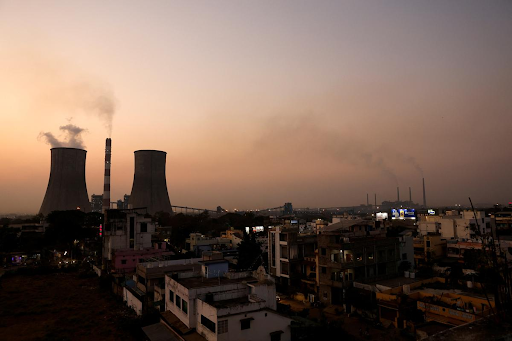




Copyright infringement not intended
Source: The Hindu
A panel of specialists, led by Principal Scientific Advisor Ajay Sood, has proposed that India repeal the 10-year-old law requiring all coal-fired thermal power plants to install Flue Gas Desulphurisation (FGD) units.
Chemical Neutralisation Reaction:
Efficient Scrubbing Techniques:
Controlled Emission Discharge:
|
Practice Question: Q. Discuss global warming and mention its effects on the global climate. Explain the control measures to bring down the level of greenhouse gases which cause global warming, in the light of the Kyoto Protocol, 1997. |
© 2026 iasgyan. All right reserved